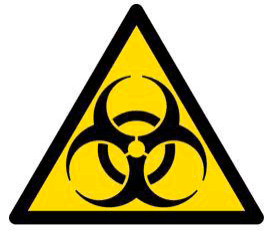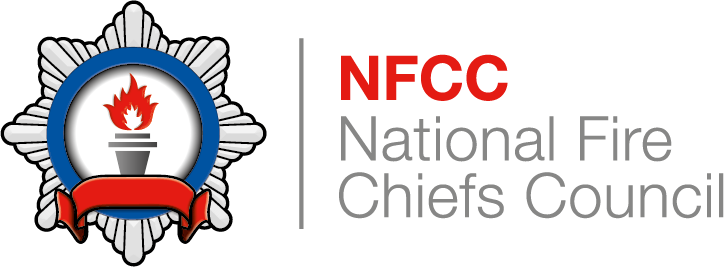Appropriate intervention: Biological agents involved in fire
Control Measure Knowledge
This control measure should be read in conjunction with Appropriate speed and weight of intervention
When deciding how to tackle a fire in a biological research establishment, the decision needs to be based on the biological agents present and the best method to ensure these agents do not leave the confines of the building.
Most biological agents will be killed by high temperatures – many die at temperatures exceeding 60C – and the temperatures in a fire may exceed this temperature. Allowing the fire to continue within the enclosed area will subject these agents to the fire and destroy them. However, if attempts are made to extinguish the fire, then the biological agents may not have reached the temperatures necessary to kill them before firefighting water is applied. This would mean the ‘live agent’ may contaminate the run-off water from applied firefighting media or the smoke plume, effectively spreading the biological agent.
Premises which work with materials such as hazard Group/Class 3 and 4 agents use high-security containment systems, comprising filtration systems and air-lock door systems. These areas are often intentionally not connected to the sprinkler system, so that any fire will consume everything in the area, including the agent, and then burn out due to oxygen starvation. The filtration and containment systems are designed to ‘run to destruction’ and will not shut down in fire situations.
It should be recognised that the biohazard symbol (shown below) is regularly used by many industries and the risk the symbol is referring to at the site in question should be established as early as possible. For example, soiled laundry from a hospital may display this symbol, meaning a controlled burn would not be an appropriate tactic, but a HG/Class 4 pathogen may also carry the same symbol and a controlled burn could be an appropriate tactic.

Biohazard symbol
